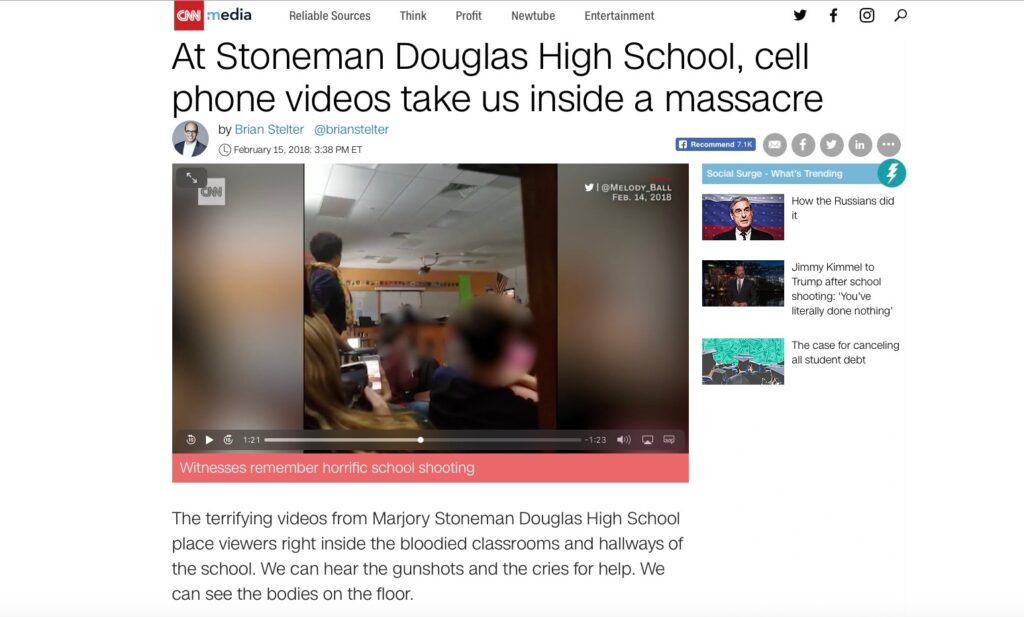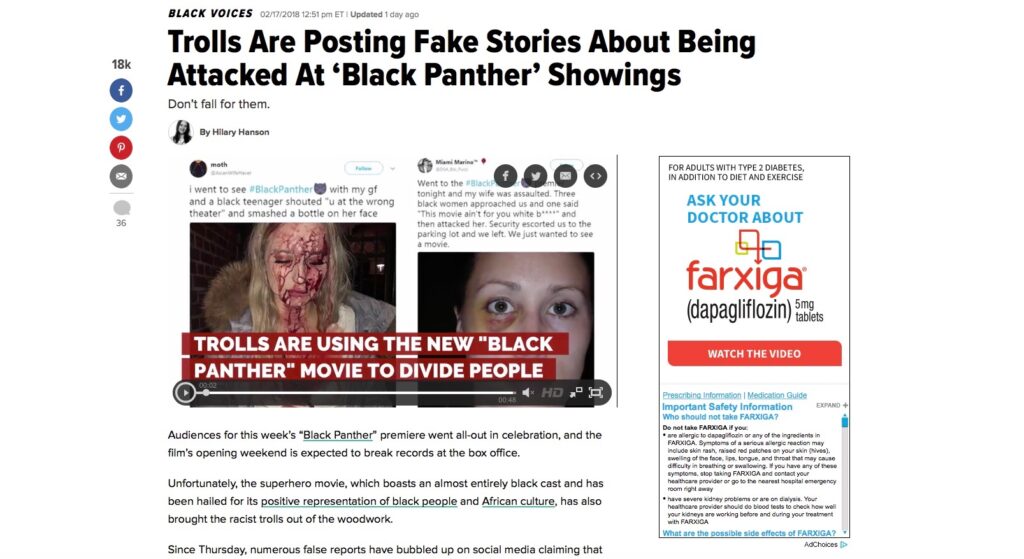Once again, news programs here in the United States are dominated by reports of a mass shooting. And, once again, news producers have to decide what to report, and how to report it…
As current and former NYFA students have been taught, “the first report is always wrong.” In other words, initial reports are always fragmentary and usually contain a mix of fact, conjecture and misinformation. That means care must be taken in reporting, with accuracy taking precedence over speed. Now, there is a new complicating factor: As social media and cell phones become ubiquitous, it’s not unusual for “real time” information to emerge from crime scenes. Which is exactly what happened last week during the attack at Marjory Stoneman Douglas High School in Florida. Students, trapped in classrooms, sent out desperate text messages and videos.
While certainly accurate in that they reflected students’ actual experiences and fears, how much of that information should be allowed on-air? Does information like this help clarify, or just sensationalize, a story? Might it actually aid an active shoot locate potential victims? There are no easy answers. But you can be sure these questions were hotly debated in newsrooms across the country. Journalism isn’t easy. If it was, anyone could do it…
Another reality for contemporary journalists is the amount of blatantly false information that is readily available online. The box office success of the new Disney/Marvel superhero film Black Panther has led internet trolls to claim that at some screenings white moviegoers were beaten up by black audience members. (The reports, of course, are false.) They even included images of “victims.” But few journalists believed there stories, in part because they did Google Images searches of the pictures, and discovered where they had really originated. (One was a picture of the former wife of a recently resigned White House staffer, an apparent victim of domestic abuse.)
It’s our job to always get information from multiple, verified sources, as well as use the power of social media to investigate what appears on social media.
Swedish NYFA Broadcast Journalism graduate Emilie Olsson has added another job title to her already impressive resume — radio news anchor. Emilie is working in Stockholm, but as I only understand six words of Swedish I can’t tell you what she is actually reporting. One thing I can report is that radio studios sure look a lot nicer today, compared to the studios I worked in back in my radio days.
Congratulations, again, Emilie!
On a personal note, I’m happy to announce that my U.S./China coproduction Shanghai: 1937 will be competing in this year’s Shanghai International Film Festival. It’s a great honor to even be considered, and should help our marketing efforts both at SIFF as well as MIP-TV. The two events will be taking place within days of each other in April, one in China and the other in France.
by nyfa



